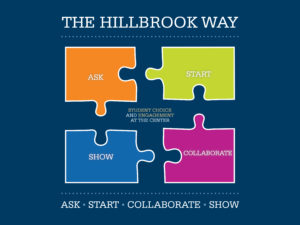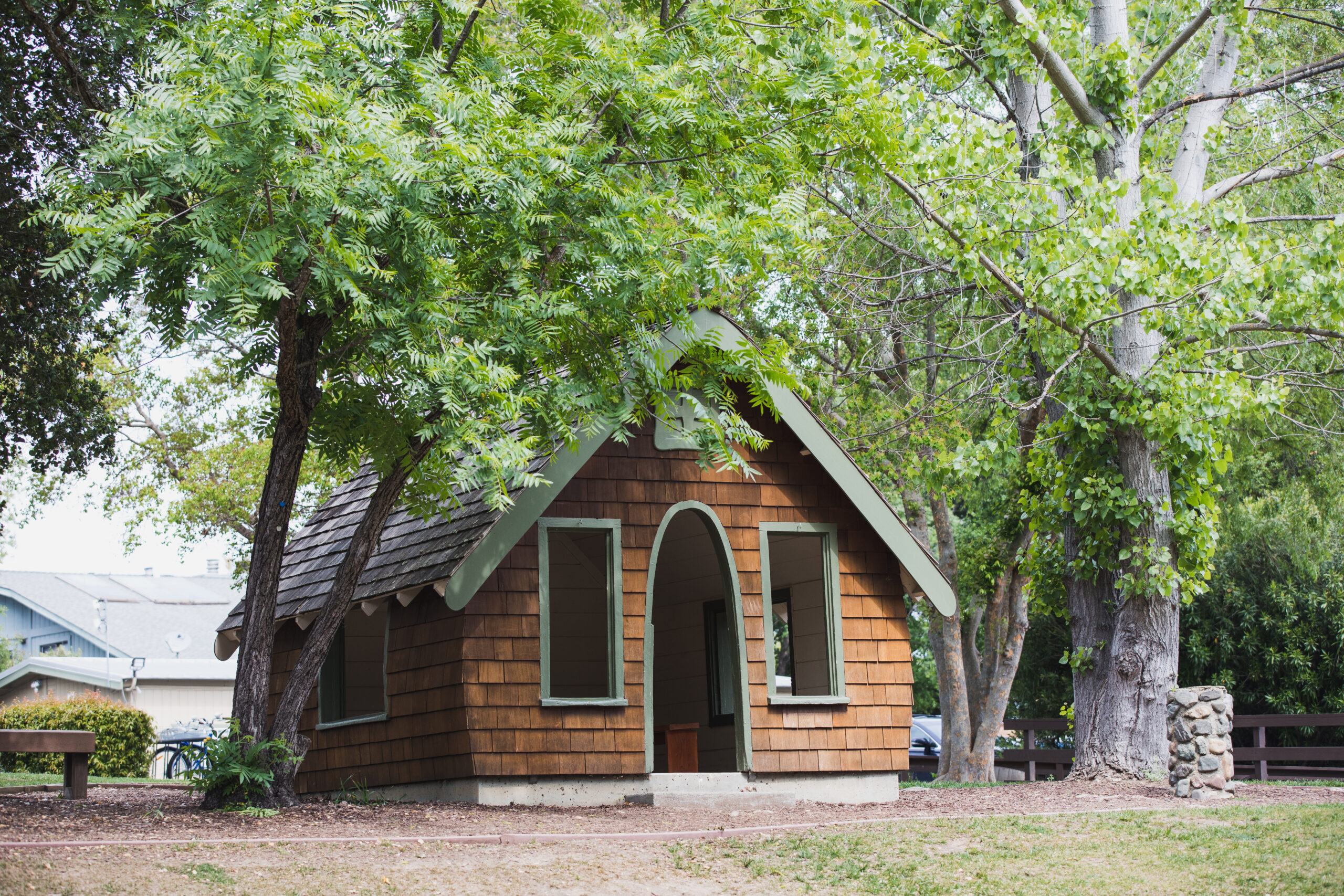 I received two emails within seconds of each other last week. The first had the subject line, “Permission,” while the second was titled, “Bill validator.” Both were from 5th graders. I was intrigued. Reading the first, I learned that the student wanted to open a pet store. Reading the second, it turned out that the other student wanted to meet with me, the student who wanted to open the pet store, and Head of Middle School Christina Pak to talk about how they could advance their independent study projects. Now, I was even more intrigued. How could I resist? I emailed both of the students back and we set up a meeting time at lunch.
I received two emails within seconds of each other last week. The first had the subject line, “Permission,” while the second was titled, “Bill validator.” Both were from 5th graders. I was intrigued. Reading the first, I learned that the student wanted to open a pet store. Reading the second, it turned out that the other student wanted to meet with me, the student who wanted to open the pet store, and Head of Middle School Christina Pak to talk about how they could advance their independent study projects. Now, I was even more intrigued. How could I resist? I emailed both of the students back and we set up a meeting time at lunch.
The ensuing meeting was one of the most memorable, endearing, and authentic moments I have had with students in a while. It turned out that the two students had been in their 5th grade independent study class. The student asking about the bill validator wanted to build an arcade-style claw pick up game, and he thought he needed a bill validator (the device that takes dollar bills into the machine) in order to do it. He had looked it up online and it had cost quite a bit of money, which is when the other student, who had wanted to start a pet store, suggested they could partner together to make both things happen.
Christina, Head of Lower School Colleen Schilly and I spent about 20 minutes with the students, asking them lots of questions and, in the process, helping them refine their ideas and next steps. We helped them reframe the project, encouraging them to learn more and to better understand the situation before deciding what to do. By the end, both had a plan of action that involved connecting with an adult mentor on campus who could help them learn more about their respective interests and then find a path forward. It turns out what they had originally asked me for was not what they really needed to know, but rather had provided an opening into helping them explore a curiosity and pursue a passion. I didn’t give them permission to create a pet store or buy a bill validator, at least not yet, but I did give them permission to dream, to start, to make mistakes, and to grow.
A couple of days later I was in Boulder, Colorado with a few Hillbrook colleagues, including Colleen, Director of Teaching & Learning Ilsa Dohmen, and our new Director of the Scott Center for Social Entrepreneurship Annie Makela. We were visiting some schools and organizations that are playing a leading role in the world of social entrepreneurship. One stop was Watson University, a college that describes itself as “the first incubator leading to a degree for the world’s most promising next-generation changemakers and social entrepreneurs.” During our visit, we had an opportunity to speak to four different students who were developing different ideas that they hoped would make the world a better place. We talked for a bit to one student who was trying to develop an app-based service that would help college students dealing with depression and anxiety. Talking afterwards, both Colleen and I had the same thought – our conversation with this young college student was a lot like the conversation we had with the two fifth graders earlier in the week. While the concept was clearly more well-defined and his thinking much further along, the basic process – the desire to take a passion and turn it into an idea – remained remarkably similar, as did the process his mentors were using to help guide him along. We asked him what he thought were the most important skills he needed to be a social entrepreneur, and he talked about risk taking and about learning to tell his story. He also noted that more than anything, he was gaining a deeper understanding of himself as a person and learner, as he faced the challenges of directing his own learning and collaborating with others to reach his goals.
Returning to our 5th graders, I reflected back on the skills they had practiced in just the short time in which we had been with them. They practiced how to draft a note to an adult, how to reach out and ask for advice, and how to accept and respond to feedback. In addition, they learned that being curious and taking a risk at Hillbrook would be rewarded with real conversation and authentic engagement from adults, perhaps even with the Head of School and both Division Heads.
That’s a lot of critical life lessons that were being learned and practiced in a relatively short amount of time. Perhaps just as importantly, it reaffirmed for me the value of making time and space for students to pursue these types of projects. As we continue to work toward a new schedule next year and as we look for more ways for children of all ages to reach beyond themselves to make a difference in the world, I expect these types of experiences to become even more common. At their heart, these experiences reflect our belief that what children think and believe matters, and that creating opportunities for students to direct their own learning is essential to prepare students for high school and beyond. It is a concrete example of the Hillbrook way, a process in which we ask, start, collaborate, and show, with student choice and engagement at the center. I can’t wait to see where these two students go in the months and years ahead. While I have no idea if they will ultimately open a pet store or build a claw pick-up game, I am confident they will have the skills they need to pursue their dreams and make a difference in the world.
